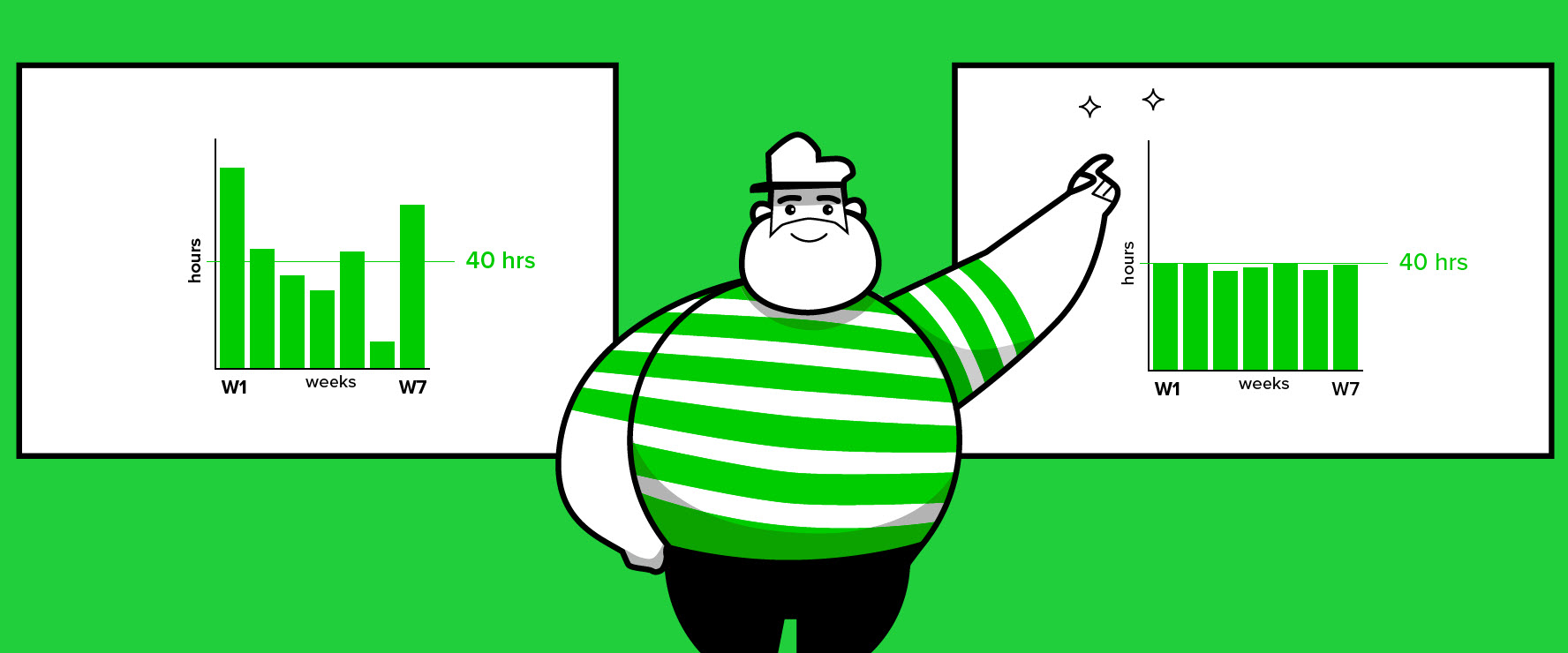What is Heijunka?
In the corporate world, executives and managers have to be conscious of the fact, that it takes some effort to maintain a steady work flow. Basically, Heijunka is a lean methodology used for dropping the irregularity in a manufacturing process and reducing the possibility of overload. Organizations use this method in order to control production and create a continuous work flow. The term “Heijunka” has been derived from Japanese and it means leveling. This method can be quite helpful for responding to demand variations and ensure av even production over time.
How Heijunka is Used for Leveled Scheduling
An organization can stop manufacturing work in batches by implementing Heijunka and begin to produce orders in line with customer demand. Now this practice will provide us the opportunity to limit our inventory costs since we will have smaller amount of goods in store, only purchase inventory when orders dictate it. In this aspect, the Japanese carmaker “Toyota” is the most prominent case of a company where Heijunka method is used. For a long time already, it has stopped using the long-established approach of working in batches. As an alternative Toyota schedules car assembly in a production line based on demand.
Meeting Demand
Most importantly, the benefits resulting from this kind of method are not confined to just waste reduction. Heijunka ensures that the customer demands are met in the best possible way and at the exact time when demanded by them. Hence, this lean method makes certain that the customer satisfaction is fulfilled by the company.
Preventing Overproduction Trough Leveled Scheduling
In addition to that, the company does not have to face the risk of producing surplus items which they risk not being able to sell, since there is no surplus in production. In the long term the proper execution of the system allows flexibility, production based on demand, stability by averaging production quantity.
Types of Leveled Scheduling
By means of using Heijunka a business gets the opportunity to provide value to its customer with stability so that it can respond to fluctuations consistent with its average demand. In order to do so, the production can be leveled by two ways in this method “Leveling by volume” and “Leveling by type”.
When leveling by volume, an organization will have to discontinue processing work in batches when a continuous work flow is established in order to manufacture just what is in demand. According to Lean approach, a company should only initiate new work when an order is raised. They need to adjust their flow of work to fulfill demand.
The other way is ‘Leveling by type’. Heijunka becomes valid when a company is also managing a different range of products. It offers the prospects of leveling production on the basis of average demand for all products in the portfolio and managing our work around it. There is no change in the principle; for the product portfolio, the business has to produce an adequate amount of all goods to satisfy the average demand of customers.
Furthermore, another approach to accomplish leveled production is by implementing takt time. Takt time establishes the production rate to go with the pace of customer demand, and becomes the heartbeat of the lean production. It must be kept in mind that takt time is a must-have element for the smooth work flow by means of production cells, and plays an imperative role in the planning and scheduling of work. Moreover, production can be leveled to both a defined level or to between a lowest and highest level by using takt time. Eventually, leveled production brings about a stable demand pattern ensuring an obvious, smooth schedule and prevents hurdles of capacity.






